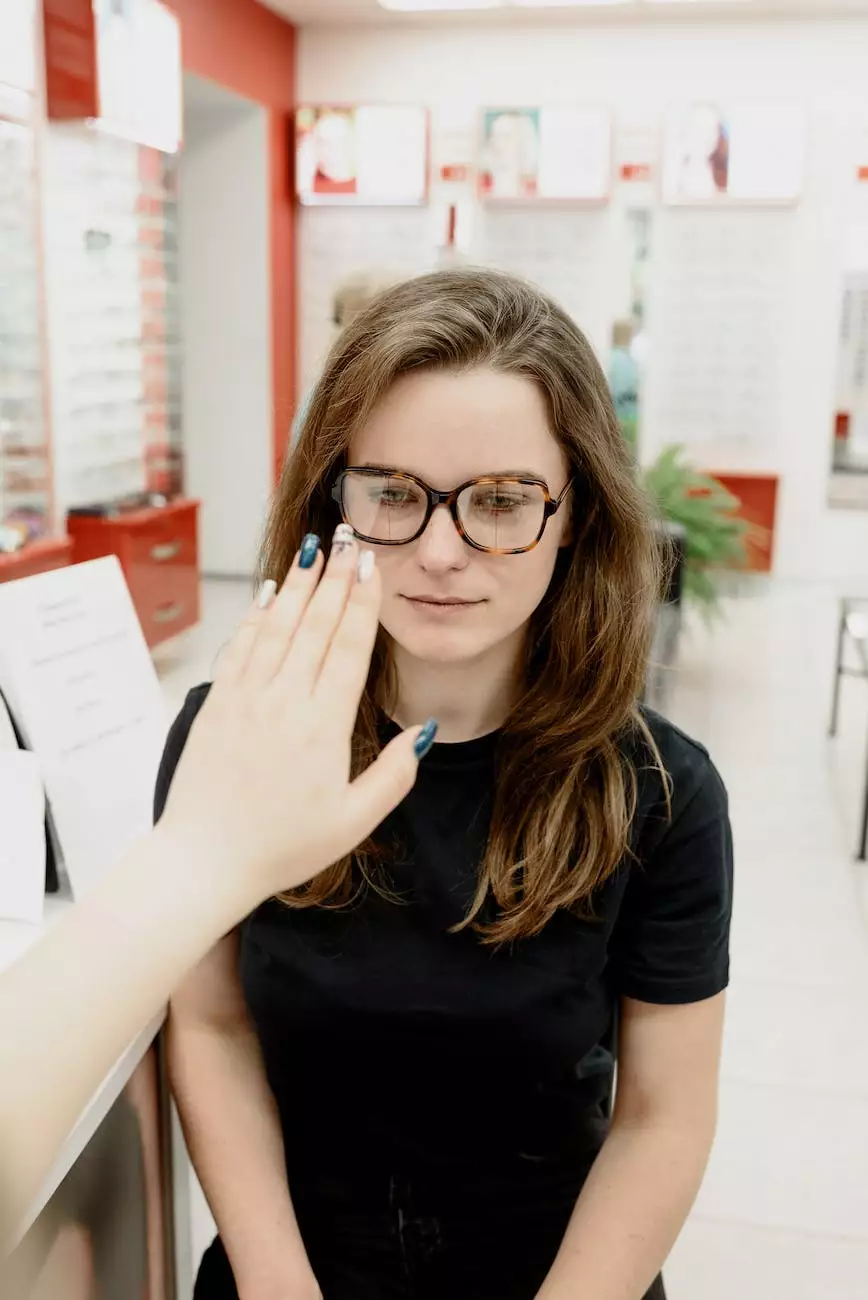Three Stages of Age-Related Macular Degeneration (AMD)
Retinal Health
Introduction to Age-Related Macular Degeneration (AMD)
Age-Related Macular Degeneration (AMD) is a common eye disease that affects millions of people worldwide, particularly those aged 50 and above. It is a progressive condition that impacts the macula, a small, central portion of the retina responsible for sharp, detailed vision. As AMD advances, it can lead to vision loss and have a significant impact on a person's quality of life.
Understanding the Three Stages of AMD
AMD is typically divided into three distinct stages: early AMD, intermediate AMD, and advanced AMD. Each stage represents varying levels of disease progression and severity.
1. Early AMD
In the early stage of AMD, small yellow deposits known as drusen start to accumulate beneath the macula. These drusen can be detected during a comprehensive eye exam, even if there are no noticeable vision changes. Early AMD might not cause significant vision loss, but it serves as an indicator of increased risk for developing intermediate or advanced AMD.
At this stage, it is crucial to monitor your eye health regularly and make lifestyle modifications to slow down the progression of AMD. Adopting a nutrient-rich diet containing antioxidant vitamins, quitting smoking, and protecting your eyes from harmful ultraviolet (UV) rays are some preventive measures that can be beneficial.
2. Intermediate AMD
In the intermediate stage, there is a greater presence of drusen, often alongside other changes such as pigment alterations or blurred vision. While the visual symptoms may become noticeable at this stage, they are still not severe enough to cause significant vision loss or impair daily activities.
Monitoring your vision and regular eye examinations become even more crucial during this stage. Your eye care professional may suggest specialized imaging tests to evaluate the condition of your macula in greater detail.
3. Advanced AMD
At the advanced stage, AMD can manifest in two forms – dry AMD and wet AMD.
Dry AMD: Dry AMD occurs when the light-sensitive cells in the macula gradually break down, causing a gradual decline in central vision. The progression can be slow, and symptoms may include blurred vision, difficulty recognizing faces, and the appearance of dark or empty spaces in your field of view.
Wet AMD: Wet AMD, although less common than dry AMD, is a more severe form of the disease. It occurs when abnormal blood vessels begin to grow beneath the macula and leak blood or fluid. This can cause rapid and severe vision loss, leading to distorted or wavy lines, blind spots, and a decline in central vision.
Treatment Options for AMD
While there is currently no known cure for AMD, certain treatment options can help slow down the progression of the disease and manage its symptoms:
- Anti-VEGF Therapy: For wet AMD, anti-vascular endothelial growth factor (VEGF) injections can be administered directly into the eye to inhibit abnormal blood vessel growth and leakage, preserving vision.
- Vitamin Supplements: Certain high-dose antioxidant and mineral supplements, such as vitamins C and E, zinc, copper, and lutein, have been shown to reduce the risk of progression from intermediate to advanced AMD.
- Low Vision Aids: If AMD severely affects your vision, low vision aids such as magnifiers, telescopic glasses, or computer screen readers can help optimize remaining vision and improve daily functioning.
It is crucial to consult with an experienced eye care professional, like David J Scholten, OD, PC, to discuss your specific symptoms and receive personalized treatment recommendations. Early detection, regular eye exams, and timely intervention play a vital role in managing AMD effectively.
Conclusion
Age-Related Macular Degeneration (AMD) can significantly impact a person's vision and quality of life. Understanding the three stages of AMD – early, intermediate, and advanced – is crucial for early detection, treatment, and management. By staying informed, adopting healthy lifestyle habits, and seeking professional eye care, individuals can take proactive steps in preserving their eye health and maintaining optimal vision.









